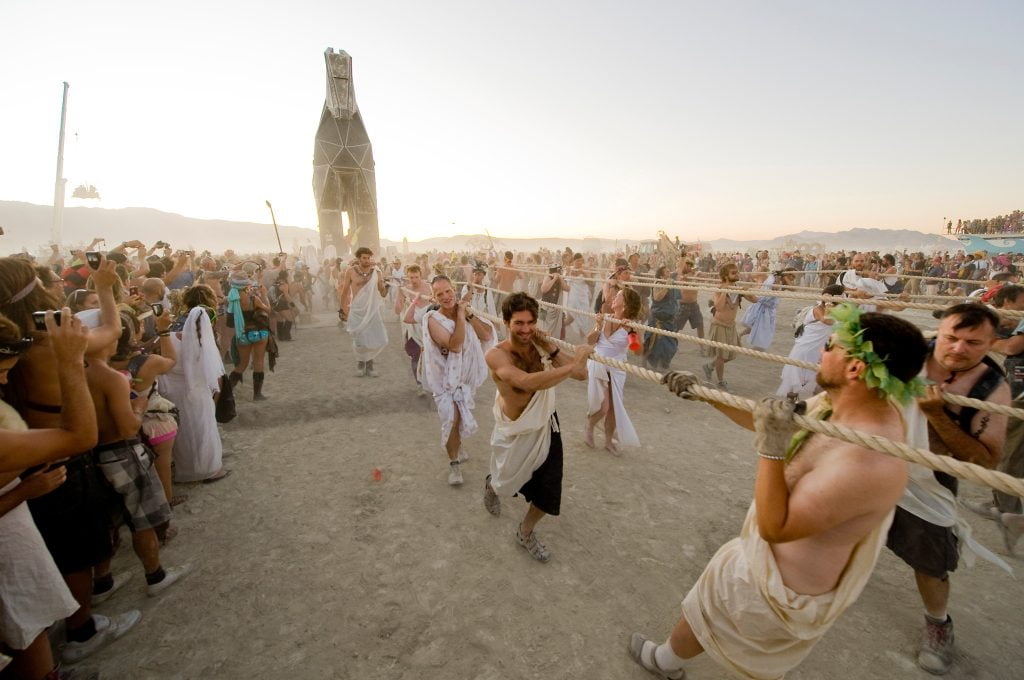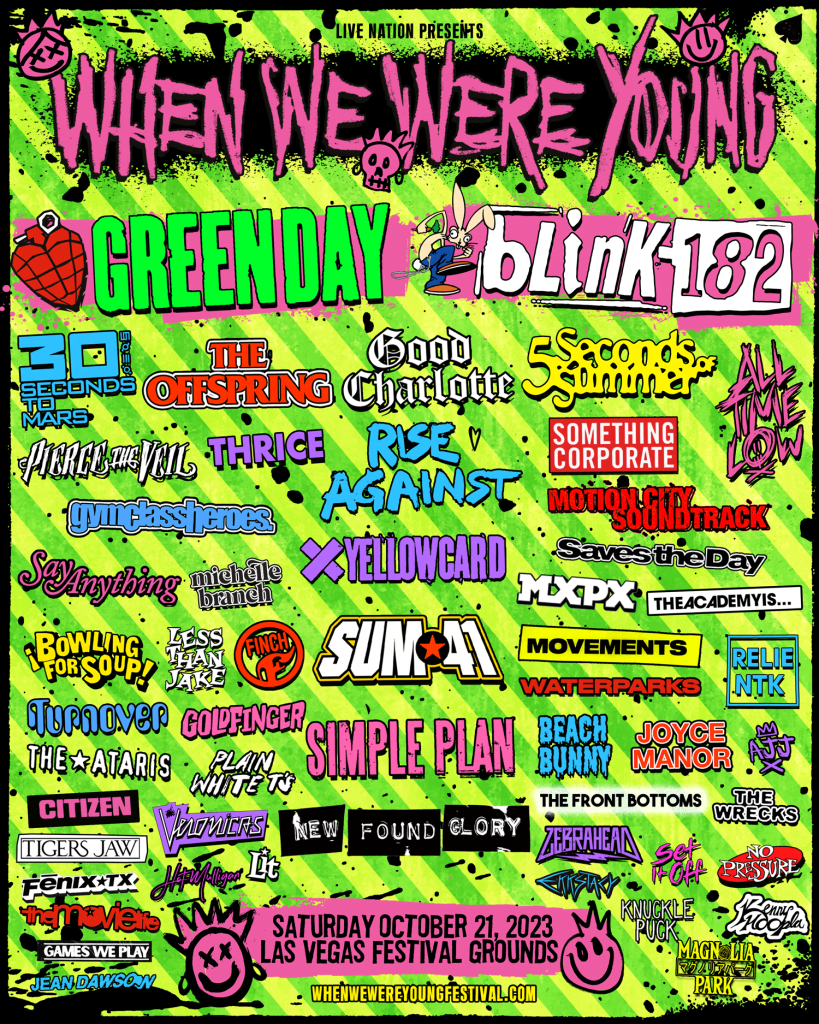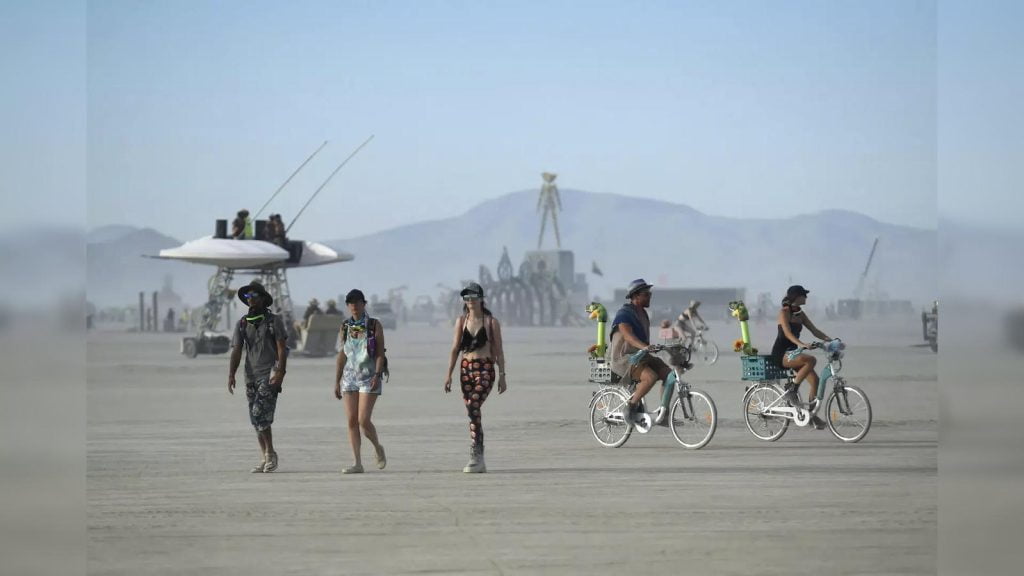When we think of iconic music festivals that defined an era, Woodstock immediately comes to mind. The Woodstock Festival, held in August 1969, was a pivotal moment in music history, attracting hundreds of thousands of attendees for an unforgettable weekend of music and peace. However, one question that often arises is: where was the Woodstock Festival held? Unraveling this mystery takes us back to the rolling hills of Bethel, New York, where the festival actually took place. This picturesque setting amidst nature’s beauty served as the perfect backdrop for the historic event that continues to captivate the imagination of music enthusiasts and historians alike.
“[Woodstock] changed my life forever also. Still a hippie at 67. Loved the music, the people, the whole festival. It made me think all these years, we are all brothers and sisters, peace be with you all…” –Al Conforti, Woodstock Attendee pic.twitter.com/jHrwthw7AU
— WOODSTOCK (@woodstockfest) September 3, 2024
History of Woodstock Festival
The Woodstock Festival, often referred to as Woodstock or the Woodstock Music & Art Fair, was a historic music festival held on a dairy farm in Bethel, New York, from August 15 to 18, 1969. The festival attracted an audience of over 400,000 people, making it a pivotal moment in music history.
Origins and Planning
The idea for the Woodstock Festival was conceived by four young entrepreneurs who wanted to create a music event that would promote peace and harmony. Initially planned to be held in Woodstock, New York, the event eventually took place in Bethel due to logistical issues.
The organizers faced numerous challenges, including finding a suitable location, persuading artists to perform, and managing the large crowd that attended the festival.
Iconic Performances
Woodstock featured legendary performances by popular artists of the time, such as Jimi Hendrix, Janis Joplin, The Who, and Creedence Clearwater Revival. The festival showcased a diverse range of music genres, from rock and folk to blues and psychedelic rock.
The iconic moment of Jimi Hendrix’s performance of the “Star-Spangled Banner” is still remembered as a defining moment of the era.

Location of the Woodstock Festival
The iconic Woodstock Festival, one of the most significant events in music history, took place in Bethel, New York, in 1969. The festival was originally planned to be held in Woodstock, New York, hence the name, but due to various logistical reasons, the location was shifted to Bethel. The event occurred on a dairy farm owned by Max Yasgur, about 43 miles southwest of the town of Woodstock.
Historic Venue
Yasgur’s farm provided a picturesque backdrop for the festival, surrounded by lush greenery and rolling hills. The natural amphitheater-like setting made it an ideal location for the estimated 400,000 attendees who gathered to celebrate peace, love, and music during those three days in August.
Legacy of Woodstock
The legacy of the Woodstock Festival continues to endure, symbolizing the counterculture movement of the 1960s and promoting ideals of unity and freedom. The festival’s location in Bethel, though not its original site, has become a pilgrimage destination for music enthusiasts and cultural historians seeking to experience a piece of that iconic moment in history.
Significance of the Woodstock Festival
The Woodstock Festival, held in 1969 at a dairy farm in Bethel, New York, was a defining moment in the history of music and counterculture. It became a symbol of the peace and love movement of the 1960s, with over 400,000 attendees coming together for three days of music, art, and community.
Impact on Music and Culture
The festival featured iconic performances by artists such as Jimi Hendrix, Janis Joplin, and The Who, cementing its place in music history as a watershed moment.
Legacy and Continued Influence
Woodstock’s legacy lives on as a symbol of peace, unity, and music. Its influence can be seen in the continued popularity of music festivals worldwide that aim to promote community and artistry.
Legacy of Woodstock Festival
The Woodstock Festival, held in 1969, left an enduring legacy that continues to resonate today. Despite facing various challenges and setbacks, the festival became a symbol of unity, peace, and music, defining a generation.
Historic Gathering of Music Icons
The Woodstock Festival brought together legendary musicians like Jimi Hendrix, Janis Joplin, and The Who for iconic performances that are still talked about with reverence.
Social and Cultural Impact
The festival served as a platform for social activism and cultural revolution, embodying the spirit of the 1960s counterculture movement. It inspired a wave of change and pushed for greater social equality and environmental consciousness.
Additionally, Woodstock promoted love, peace, and music, values that have stood the test of time (where was the Woodstock festival).
Impact on Music and Culture
The Woodstock Festival, held in 1969 in Bethel, New York, revolutionized the music industry and left an indelible mark on the counterculture of the era. More than just a music event…
The Cultural Movement
The festival became a symbol of the cultural revolution of the late 1960s, emphasizing peace, love, and unity. Artists like Jimi Hendrix and Janis Joplin captivated the audience with their legendary performances.
Musical Diversity
Woodstock showcased a diverse range of musical genres, from rock to folk and blues, appealing to a broad audience. This musical diversity mirrored the societal changes happening at the time.
- The festival offered a platform for new and emerging artists to shine alongside established acts.
- It influenced a shift towards longer, experimental performances that focused on musical artistry rather than commercial success.
Attendees and Performers
At the iconic Woodstock Festival, held in 1969 in Bethel, New York, a staggering 400,000 attendees gathered to celebrate peace, love, and music. The event featured legendary performances by some of the most influential musicians of that era.
Key Attendees
Among the multitude of attendees, notable figures such as Joe Cocker, Janis Joplin, and Jimi Hendrix graced the stage, captivating the audience with their groundbreaking music.
Outlawed substances and an atmosphere of freedom characterized the event, making it a quintessential representation of the counterculture movement of the 1960s.
Legendary Performances
The Woodstock Festival showcased iconic performances that have become legendary in the history of music. Artists like The Who, Crosby, Stills, Nash & Young, and Santana delivered sets that defined a generation.
- The Who: Known for their electrifying stage presence.
- Crosby, Stills, Nash & Young: Harmonious melodies that echoed the era.
- Santana: Fusion of Latin rhythms and rock that mesmerized the crowd.
Challenges and Controversies
When it comes to the question of where the Woodstock Festival was held, there are various challenges and controversies surrounding the iconic event. One of the main challenges is the conflicting accounts and memories of attendees, organizers, and historians. The passage of time and the sheer scale of the festival have led to discrepancies in recollections, making it difficult to pinpoint the exact location with absolute certainty.
Historical Accuracy Debate
Some controversies revolve around the historical accuracy of the information available. The lack of official documentation and the reliance on personal testimonies have fueled debates among scholars and enthusiasts alike. This has led to a constant reevaluation of existing narratives and the emergence of alternative theories regarding the event’s location and logistics.
Site Preservation Concerns
Another significant challenge is the conservation and preservation of the original festival site. With the passage of time and the increasing interest in the Woodstock Festival, there are concerns about the impact of visitors, development, and natural factors on the site’s integrity. Balancing the need for access and the imperative of preservation remains an ongoing debate among stakeholders.
Frequently Asked Questions
- What was the Woodstock Festival?
- The Woodstock Festival was a historic music festival that took place in 1969. It is known for its legendary lineup of performers and is a pivotal moment in music history.
- Where did the Woodstock Festival take place?
- The Woodstock Festival took place in Bethel, New York, on a dairy farm owned by Max Yasgur. The festival was originally supposed to be held in Woodstock, New York, but the location was changed at the last minute.
- How did the Woodstock Festival location change?
- The Woodstock Festival’s original location in Woodstock, New York, fell through due to various issues. The organizers then secured the dairy farm in Bethel, New York, to host the event.
- What made the Woodstock Festival location iconic?
- The Woodstock Festival’s new location in Bethel, New York, became iconic due to the peaceful and inclusive atmosphere that emerged despite the large crowds and logistical challenges.
- How many people attended the Woodstock Festival?
- The Woodstock Festival drew an estimated crowd of over 400,000 people, far exceeding the initial expectations of the organizers. It became a defining moment for the counterculture movement of the 1960s.
Unlocking the Enigma: Unveiling the Location of the Woodstock Festival
In conclusion, the Woodstock Festival, a pivotal moment in music history, was held at Max Yasgur’s farm in Bethel, New York. This iconic event brought together hundreds of thousands of individuals seeking peace, music, and unity during a time of cultural revolution. Despite the challenges faced in locating a suitable venue, the organizers stumbled upon this idyllic farm, which became the perfect backdrop for the festival’s free spirit. Reflecting on where the Woodstock Festival took place allows us to appreciate the significance of the setting in shaping the event’s legacy. It stands as a testament to the power of music in fostering connection and harmony among people from all walks of life.




